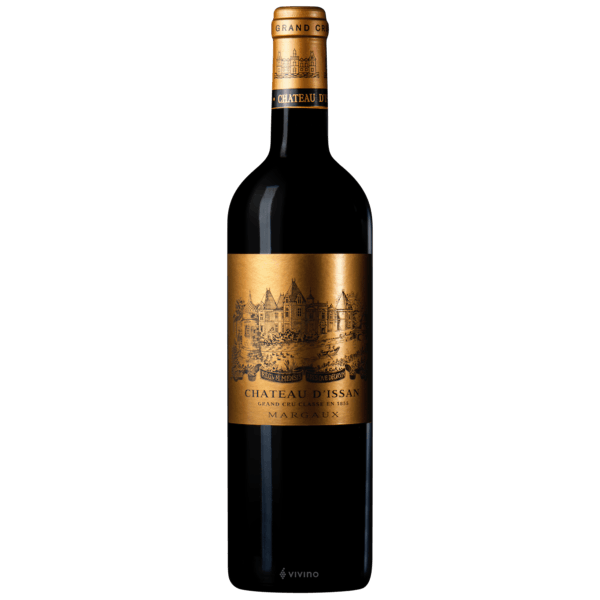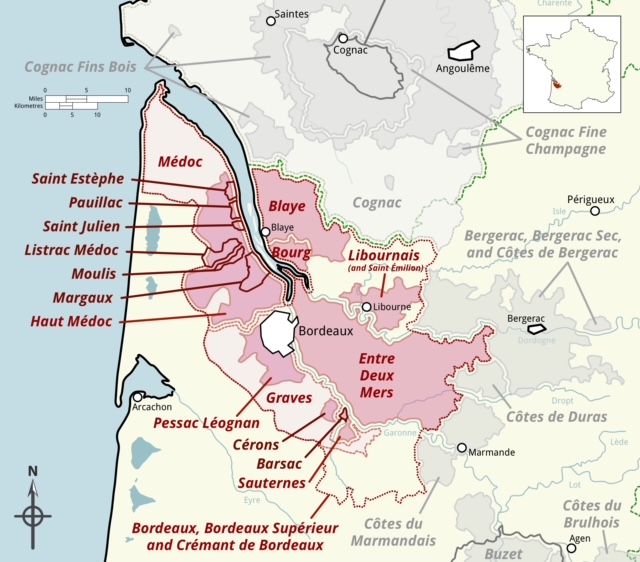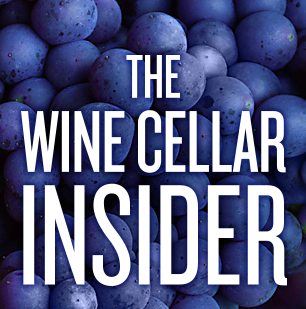



|
James Suckling |
94/100
|

|
Jeff Leve |
93/100
|

|
Wine Enthusiast |
92/100
|
|
|
VIVINO |
4.3/5
|

|
Jancis Robinson |
15.5/20
|

Under the law of Singapore, intoxicating liquor must not be sold or supplied to a minor in the course of business.